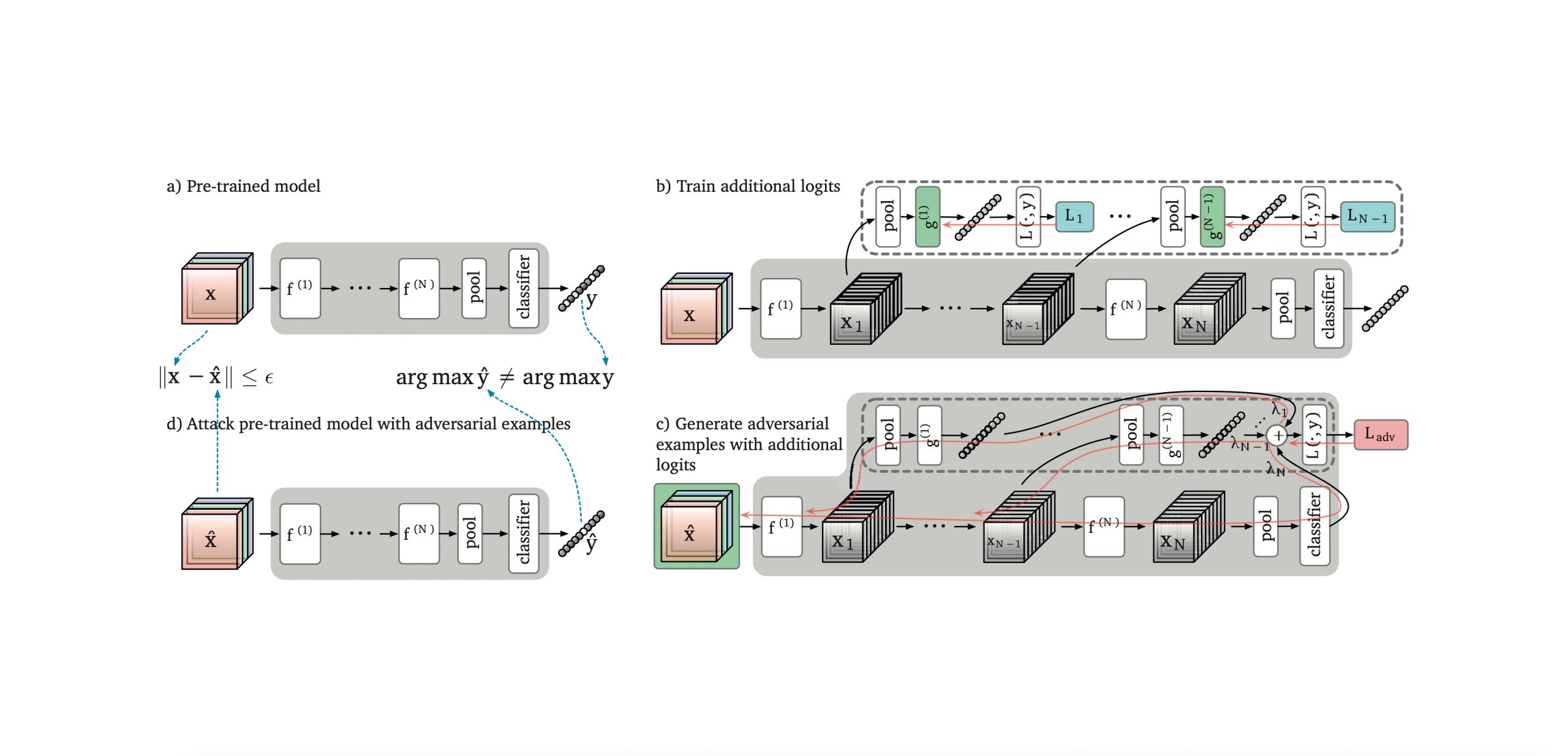Communicating Science in a Complex World
在複雜世界傳播科學

Data Science
數據科學
‘Time present and time past. Are both perhaps present in time future.’ These words from poet T.S. Eliot encapsulate the essence of data. Far more than a historical artifact, data can serve as a lens through which we interpret the present and shape the future.
「現在的時間與過去的時間,或許皆是未來的時間。」從詩人T·S·艾略特這句話,我們或可領略到數據的關鍵之處。




Brain Science
腦科學
The brain is our most complex organ. The average adult brain weighs only 1.5 kg, about 2 per cent of our total weight and as heavy as a bowling ball, but it expends about 20 per cent of our body’s energy. As you read this sentence, hundreds of billions of neurons in your brain are being activated to send bio-electrical and chemical signals to each other.
腦部是人體最複雜的器官。成人腦部平均只有1.5公斤,約佔全身重量2%,跟一個保齡球的重量相若,卻使用身體約20%的能量。讀到這句話時,你的腦部數以千億計的神經細胞已被激活,互相傳遞生物電和化學訊號。




AI Applications
人工智能應用
Self‑driving research has proliferated across the world. Today, cars can already drive themselves smoothly in controlled environments. However, we are still far from having fully autonomous cars that can safely navigate in extreme weather conditions and other unpredictable situations in the real world.
全球各地都在研究自動駕駛。今日的自動車已能在受控制的環境下正常行駛,但現有技術還不足以製造出能安全、恰當地應對極端天氣和其他突發情況的全自動汽車。


